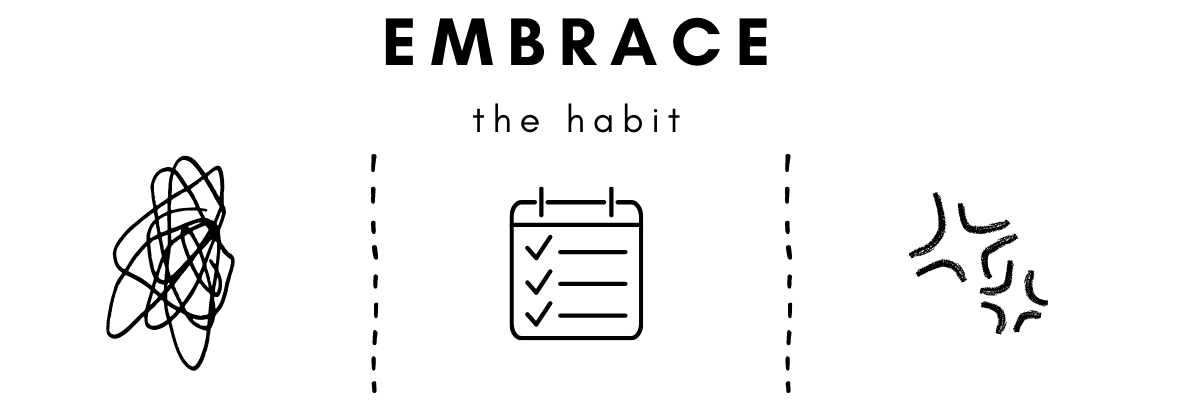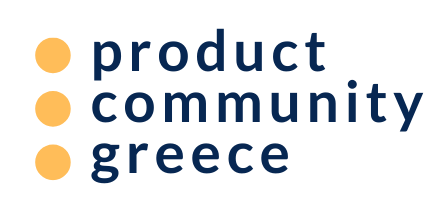Mike Giannakopoulos
Cross-Departmental Communication as a Feature: a Case Study

This is a different case study, with internal and in-direct deliverables across departments. A story of treating internal alignment as a feature at Transifex. Our story concludes with the outcomes of this achieved alignment.
A brief introduction
Transifex is an online translation management system for software application content and UIs. The company is an early player in the field called software localization, founded in 2009. A vital point for our story is the culture of experimentation, innovation, and good relations.
The early days
Being active for many years means that we developed many early “diseases.” The diseases of interest in our story are related to internal cross-team communication:
- Working in silos had a direct impact on how feature release coordination is happening. With extra influence on the departmental direction and how we set Objective Key Results (OKRs)
- Missing communication led to everyone making assumptions and lacking empathy. Each team's focus was on producing outputs and cutting outcomes. Lack of communication and assumptions led to assume that my team's output was the next team's outcome.
Looking the elephant in the eye

Working this way was kind of ok for some time. As the company scaled, we saw the need for better coordination. We started running into problems that a single department could not solve.
So the product team set some humble starts into achieving alignment. After all, the product team is “the glue” that each department is referring to, so that was a natural starting point.
Departmental alignment, one step at a time
Trying to break the strong habit of silos was a difficult task. We knew from experience that this change should start on a departmental level and not from the C-Suite. The most excellent offer from C-Suite was trust, based on the company culture of good relations.
For starters, we set up weekly sync-ups for design with people from product and engineering teams. With time, this meeting produced customer-facing results on the application.
Having this knowledge, we arranged a second sync-up meeting for the product and customer success teams. This meeting produced some process improvements and better empathy in our daily interactions.
For starters, we set up weekly sync-ups for design with people from product and engineering teams. With time, this meeting produced customer-facing results on the application.
Having this knowledge, we arranged a second sync-up meeting for the product and customer success teams. This meeting produced some process improvements and better empathy in our daily interactions.
Weekly sync-up, an emerging pattern
Gathering the above data points, we worked as a product team to apply weekly sync-up meetings with other departments. As we are talking about communication, the primary skills involved are soft skills.
During these sync-up meetings, we observed some behavioral patterns:
During these sync-up meetings, we observed some behavioral patterns:
- Awkward meetings fully spent on chit-chat and blubbering about various things. Although awkward meetings look meaningless, they build a strong relationship with participants.
- Status reporting meetings spent on giving a status report of what’s going on in the week. These sessions usually sparked exciting discussions, but we found ourselves diving too deep and getting in the weeds.
- Venting sessions that people needed to steam off from non-team-related stuff. There were fewer sessions of one of us ‘barking’ to the others.

The critical thing at weekly sync-ups is to stick to the plan and make a habit out of it! Even if you feel like you don’t have something to offer or feel like it’ll be a wasted time, stick to it! Give other people space to connect and communicate!
Offer space for a loose weekly sync-up structure
Working with more departments, we saw different needs. To get the most out of each sync-up meeting, we collaborated with each team to define a better meeting structure. So each weekly sync-up follows a different pace:
- Our product and engineering managers meeting is about work in progress and roadmap strategy. Additionally, we share any feedback we hear from other departments. Finally, we have set a monthly retrospective meeting.
- In our product and customer success meeting, we talk about customer relations and the reported issues. We also talk about roadmap and feedback or interesting items coming from engineers. Our most recent initiative has to do with onboarding and feature awareness.
- Our collaboration with the marketing team is daily, so a dedicated meeting is not needed. The marketing team is engaged in almost all the product discussions, so it’s like we are one team. We were syncing OKRs and did a tremendous push towards outward-facing activities like webinars and blog posts—like this one.
- Our sales team is mainly in the US while the product is in Europe. This distance has introduced some coordination issues. Product and Sales established their weekly meetings this April. So far, we started with some workshops on product features and ideas for the outbound efforts.
- The Product Experience Team (PET)—a smaller guild within the product team—focuses on the experience people have with Transifex. PET OKRs are part of the product team’s OKRs, so the collaboration is constant.
Communication and sync-up are not just checkboxes in your to-do list!
Our cross-team relationship is constantly in flux. The core of all interactions are soft skills, so there is always work to be done, dropped balls to lift, and new challenges to confront. With sync-up meetings as a habit, we know the current state and take corrective actions.
The benefits of a closer collaboration
The habit of weekly sync-up meetings paid off pretty fast. All participants get to know each other and have empathy for our work. Even now, we identify awkwardness and apply new methods for better collaboration.
By having closer relations, we gained trust and clarity over everyone’s work. We have an awareness of each department's and individual’s work since our last call and the upcoming challenges.
Building on awareness and trust can enable teams to tackle more complex—cross-departmental— issues. We run retrospective meetings for improvements and shared actions ahead.
By having closer relations, we gained trust and clarity over everyone’s work. We have an awareness of each department's and individual’s work since our last call and the upcoming challenges.
Building on awareness and trust can enable teams to tackle more complex—cross-departmental— issues. We run retrospective meetings for improvements and shared actions ahead.
The measurable benefits
The collaboration impact is progressive. This impact is also the driving force for exploring more profound directions of collaboration. Some benefits we can measure include:
- Higher impact of departmental OKRs through deeper alignment and a shared plan of actions. Not only do we align our OKR goals, but we also organize our cross-departmental work in complementary chunks. This way, the product team focuses on a KPI in March and aligns with any work needed from the marketing team.
- Having empathy and trust allows us to be more outward-facing. For example, colleagues from sales and customer success introduce us to people interested in upcoming features to get early feedback.
- With mundane tasks and communication solved, we talk about more strategic stuff. We plan for upcoming OKRs, new product ideas, and improvements for customer relations. We are “shooting for the moon” on how the product can look five years from now.
- Due to better cross-team alignment, we achieved better customer relations. We now all feel more confident to develop direct connections with our customers. Artifacts of this communication are customer documents with status and shared feedback. We are also mindful of our customers’ real problems and focus on better what needs work.
Keep your eyes on the prize
Concluding this story, it’s critical to repeat that it will always be a work in progress. This alignment will never be “done,” as soft skills and communications are ever-changing, adjusting to the current needs.
The more the whole company focuses on the value offered, the better people will work together towards that goal.
Letting go of egos and thinking of the company’s improvement is more important than how each department works! A piece of advice here is not to feel insulted when you hear something bad; it’s not about you. If your colleagues are not ready to let go of their ego, you need to show them the way!
Letting go of egos and thinking of the company’s improvement is more important than how each department works! A piece of advice here is not to feel insulted when you hear something bad; it’s not about you. If your colleagues are not ready to let go of their ego, you need to show them the way!
In the Transifex case, the driving force towards closer collaboration was small outcomes from fragments of cross-departmental talks. So trying a sync-up is a small investment that everyone can take.
© 2021-2023 by Product Community Greece

